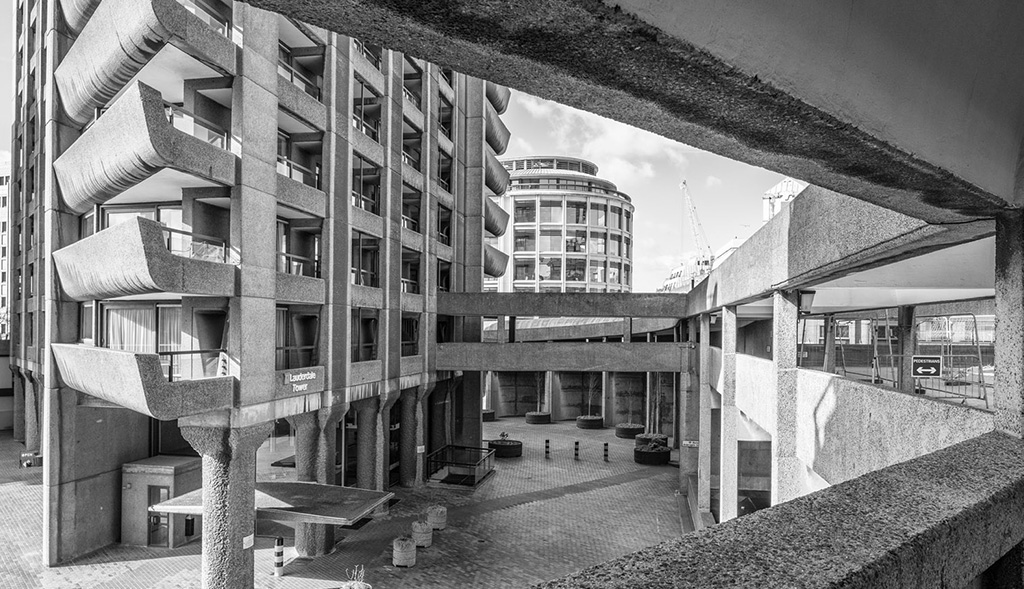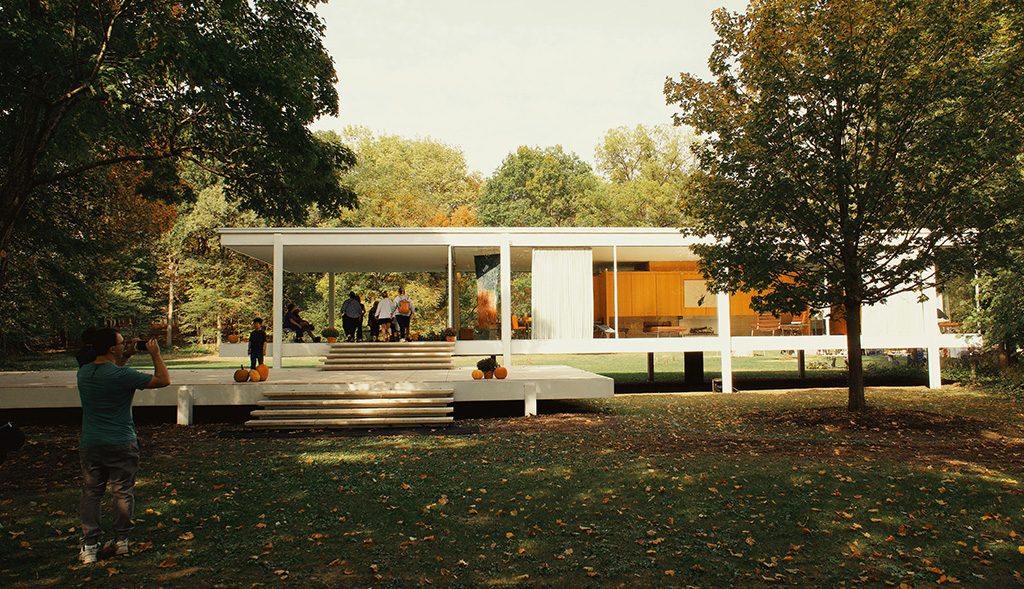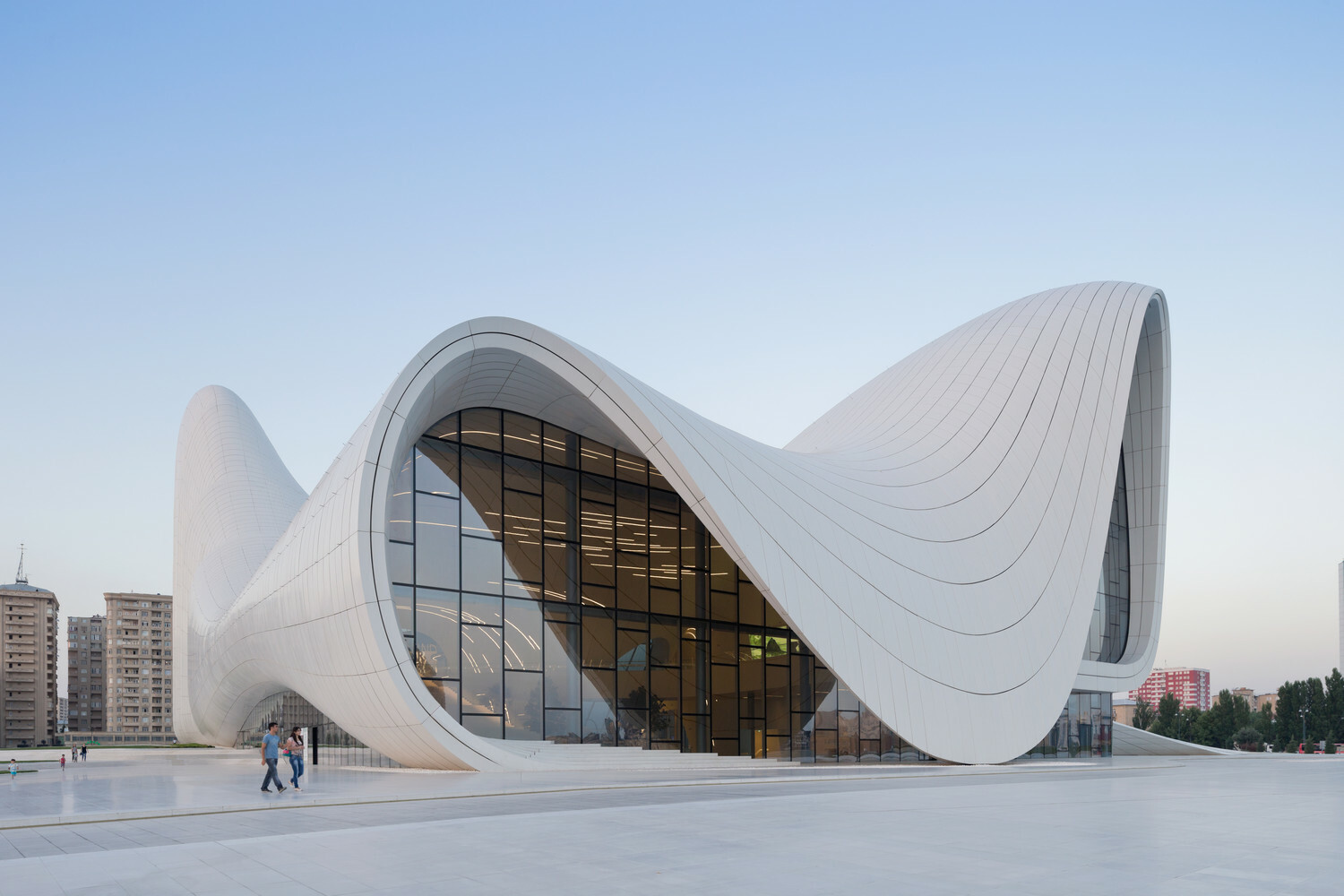A celebration of modern architecture styles
Architecture Styles
Architecture is like a timestamp, leaving a lasting impression of the current world climate and architects' state of mind - making it one of the most complex yet breathtaking art forms. From Brutalism to Minimalism, we're going to take you on a whistle-stop tour through the modern architecture ages, covering the wonderful and wacky world of modern architecture.
Brutalist; 1950 - 70
The name Brutalism derives from the term Le Corbusier used to describe the material used for his work - 'béton brut' (raw concrete). British architect Reyner Banham then translated the term into Brutalist - fitting for such a harsh and drab style of architecture. Brutalism uses raw concrete and brick to create strong, clean lines that divide opinion among architects and passersby. Some find Brutalism ugly and clunky, while others appreciate its bold simplicity. Although traditional Brutalist buildings are a thing of the past, the use of large concrete facades and open spaces continues to inspire contemporary architecture.
Britain, famous for its dismal weather, is home to many Brutalist buildings. London Southbank is a prime example, featuring landmarks like the National Theatre and IBM headquarters. One of the most famous Brutalist structures is the Barbican Estate, a striking example of this architectural movement.

Want to read more about the Brutalist movement? Read Dezeen's guide here.
Mid-century Modern; 1930 - 60
Synonymous with the West Coast of America, Mid-century Modern architecture embodies the laid-back and laissez-faire attitude of Californians. Mostly found in private residences, this movement was influenced by Bauhaus and International architectural styles. Characterized by clean simplicity and integration with nature through large open areas and strong natural lighting, Mid-century Modern homes remain highly coveted today and continue to shape interior design trends.
The Kaufmann House in Palm Springs, California, epitomises Mid-century Modern design. Its original owner, Edgar Kaufmann, also owned Fallingwater - one of the most famous private residences to date. With its sleek lines and seamless indoor-outdoor living, Mid-century Modern remains an aspirational architectural style.

Want to check out a list of other examples mid-century modern architecture? Check out this list on Mid-century Home.
Japanese Metabolism; 1960 - 1980
Metabolism was a post-war Japanese movement that combined architectural structures with the concept of biological organic growth. It envisioned a futuristic form of architecture and social living that could expand or contract depending on demand. Gaining international recognition after the 1960 Tokyo World Design Conference, Metabolism was largely theoretical, with few structures actually built.
One of the most famous Metabolist buildings is the Nakagin Capsule Tower in Tokyo, constructed in just 30 days in 1972. Built using two steel supports, the Nakagin is a modular building where individual capsules (rooms) could be removed or replaced.
In 2023, due to asbestos concerns, Tokyo's most famous building was dismantled.

You can take an in depth look into Metabolism here.
Contemporary; 2000 - present
Modern-day contemporary architecture encompasses many styles, often drawing inspiration from Brutalism and the International style with large concrete facades, open plans, and clean lines. However, contemporary architecture benefits from major technological advancements, allowing for more expressive, sculpture-like structures.
Architects like Zaha Hadid have paved the way for buildings that resemble large-scale sculptures. The Heydar Aliyev Centre in Azerbaijan, which houses a gallery, theatre, and conference hall, eschews sharp angles to create a flowing, mesmerising structure that exemplifies the creative potential of contemporary architecture.

Minimalist; 1960 - present
Minimalist architecture may not necessarily be classified as a distinct style like Brutalism or Mid-century Modern - at least not yet. However, it has gained immense popularity on visual platforms like Instagram and Pinterest due to its clean and photogenic aesthetic. Minimalist structures are pared-back and simple, often using only the essential elements needed for construction. They aim to reduce visual and physical clutter to create open, expansive spaces. This approach does not mean the structures are dull - architects employ bold design choices, focusing on how a space feels as much as how it looks.
A prime example of minimalist architecture is this holiday home in Okinawa, Japan. Practically a blank white canvas on the coast, the home features a windowless facade, while the rear boasts large open windows facing the sea - taking inspiration from the Mid-century Modern philosophy of integrating nature into architecture.

Modern architecture is ever-evolving, shaped by advancements in technology, cultural shifts, and new creative visions. Whether it's the raw power of Brutalism, the sleek elegance of Mid-century Modern, or the bold simplicity of Minimalism, these styles continue to influence the way we experience and interact with the built environment.
-
All StoriesUtility Presents: Lamp Building Workshop with AnglepoiseRead More
In celebration of our 25th anniversary in the design industry, we continued our year-long events calendar with an immersive Lamp building workshop hosted by British design royalty Anglepoise. Reflecting a shared commitment to timeless design and enduring craftsmanship, we were...

